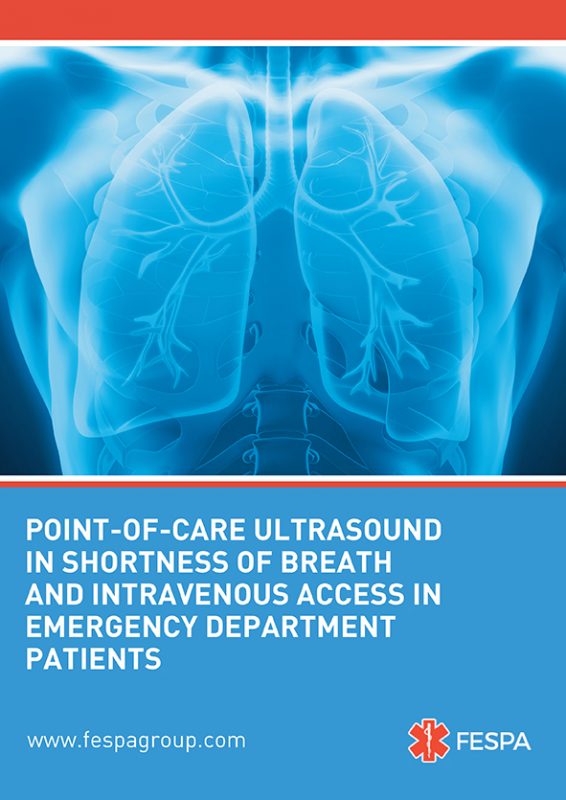Dr Stewart is is the founding Emergency Ultrasound Director and Emergency Ultrasound Fellowship Director for Riverside Medical Group. As a practicing Emergency Physician in North Carolina, USA; Dr Stewart is also working as Assistant Professor for Eastern Virginia Medical
School.
Point-of-care ultrasound
This educational resource is designed to provide clinicians with practical knowledge of point-of-care ultrasound that translates to rapid bedside evaluation of patients. Ultrasound has become an integral part of Emergency Medicine and Critical Care in the United States and across the world. Health care providers are challenged daily to rapidly diagnose and treat life threatening respiratory illness. Ultrasound is a non-invasive, rapid bedside tool that enables providers to quickly identify and treat undifferentiated shortness of breath. The BRIPPED project is a rapid, accurate approach to using ultrasound in the evaluation of shortness of breath in the Emergency Department.
BRIPPED Protocol
The BRIPPED scan is an effective screening tool for shortness of breath that evaluates pulmonary B-lines, Right ventricle size and strain, Inferior Vena Cava (IVC) collapsibility, Pleural and Pericardial Effusion, Pneumothorax, Ejection Fraction of the left ventricle, and lower extremity Deep Venous Thrombosis.
The BRIPPED protocol can be performed in its entirety from a head to toe approach, switching between transducers, or completing the exam with
one transducer then switching to the next. An example of the latter would be to first use the low frequency probe to evaluate the parasternal long axis and apical 4 chamber, noting the presence or absence of pericardial effusion, ejection fraction, and RV strain. Then the long axis of the IVC is
evaluated for dynamic collapsibility. Moving laterally, the costophrenic angles are evaluated bilaterally for pleural effusion. The probe is switched to the high frequency probe to evaluate each lung apex is evaluated in the mid clavicular line for the presence of pneumothorax and B lines. Lastly, the dynamic 2 point DVT screening is performed with compression ultrasound. The BRIPPED protocol and other bedside ultrasound resources can be viewed here.


